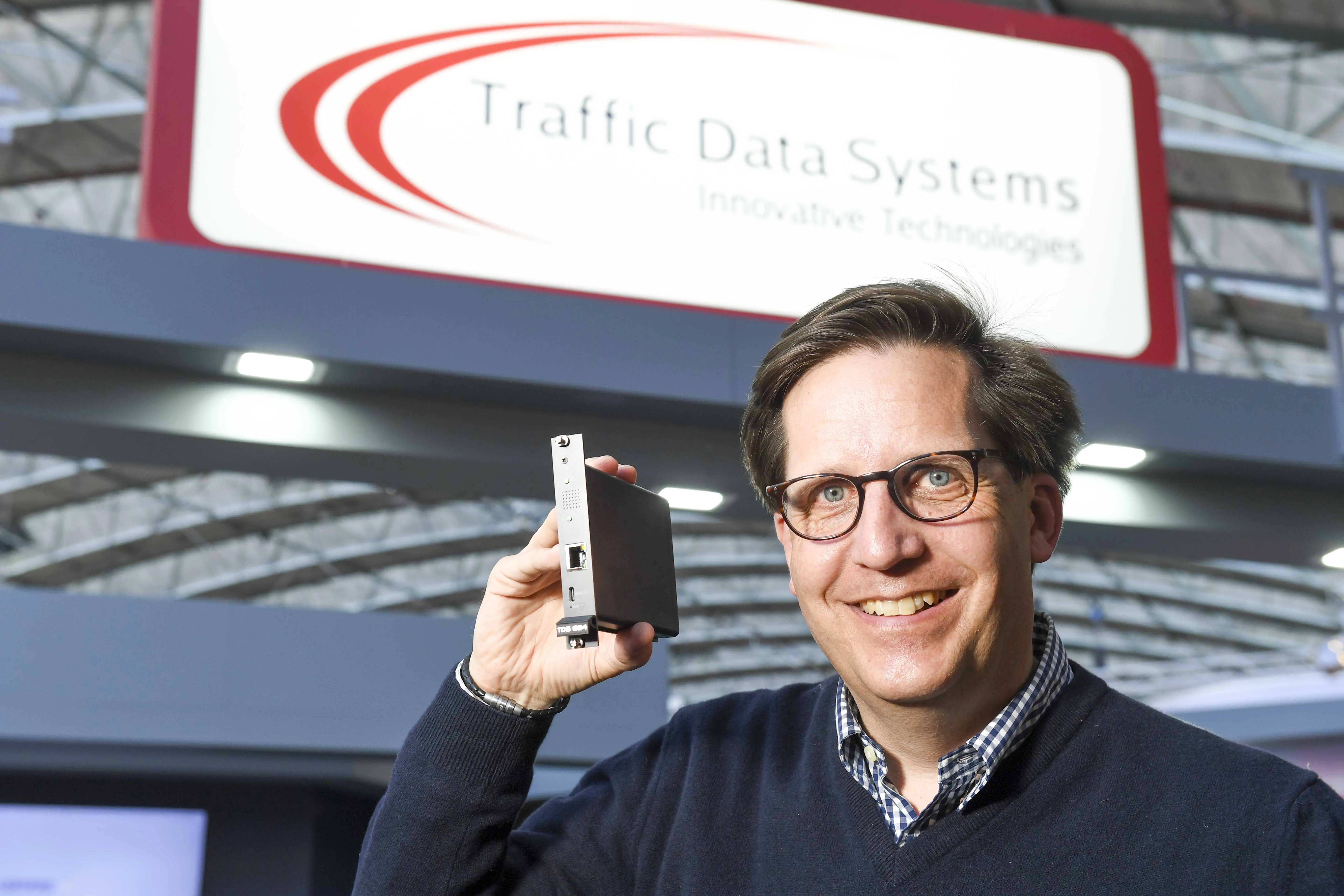Kapsch TrafficCom is expanding its V2X technology portfolio with the new EVK-3300 communications platform for V2X communication, which it is introducing at the Car 2 Car Communication Consortium Forum in Munich.
With its EVK-3300 platform Kapsch is directly targeting car manufacturers and suppliers with the EVK-3300, which it says is an essential part of V2X, the communication between vehicles and infrastructure and between vehicles themselves.
The platform can be integrated into vehicles in various
November 19, 2013
Read time: 2 mins
With its EVK-3300 platform Kapsch is directly targeting car manufacturers and suppliers with the EVK-3300, which it says is an essential part of V2X, the communication between vehicles and infrastructure and between vehicles themselves.
The platform can be integrated into vehicles in various ways, including CAN, Ethernet, USB and diverse input and output options for specific adaptations. The 802.11p radio module provides access to V2X radio communication, while the optional WLAN/3G/4G module facilitates communication via alternative channels. Smartphones or tablets are linked to the EVK-3300 via Bluetooth to display messages and a GNSS receiver enables the exact position of the very vehicle to be pinpointed, which can then be transmitted to other vehicles using the same communications system. With the help of the integrated security module, the EVK can also function as an independent ITS station in the vehicle thanks to Kapsch’s development of a platform-independent ITS G5 protocol stack .
“Our V2X communications platform offers a great number of possibilities in the V2X domain. It enables car manufacturers and suppliers to integrate this new technology into vehicles in diverse ways and test it. V2X and the EVK-3300 system will soon enable completely new and until now inconceivable applications to become reality”, explained R Tugrul Güner, V2X program manager and Head of New Technologies at Kapsch TrafficCom, giving a few examples: “Informing drivers when the traffic signal will turn green, that there are roadworks in the left-hand lane in 1 kilometre, a vehicle 500 metres in front of you has made an emergency stop, or an emergency vehicle is approaching you in the right-hand lane – this is all information that can improve the flow of traffic, enhance safety and optimise the comfort of car drivers.”










